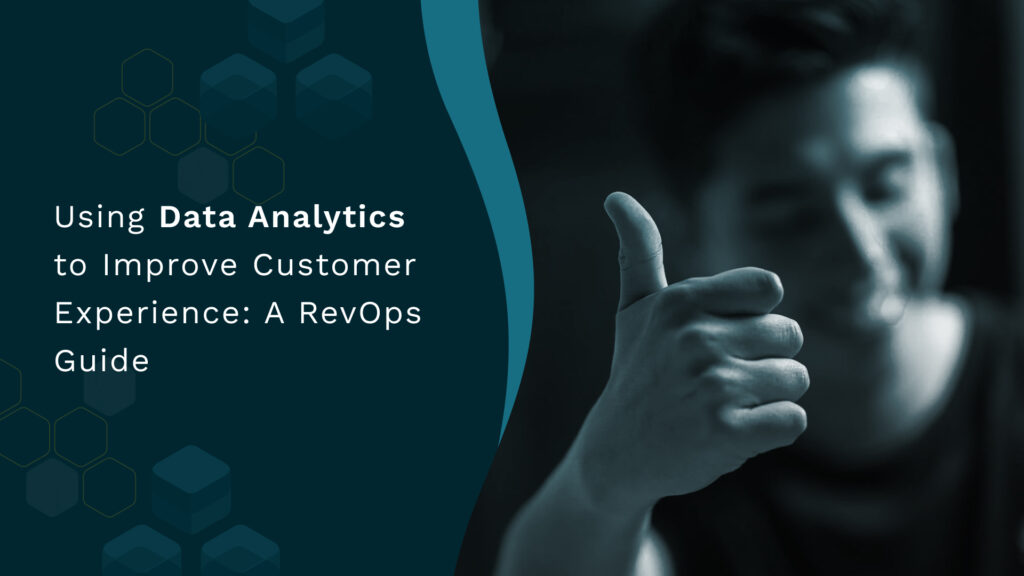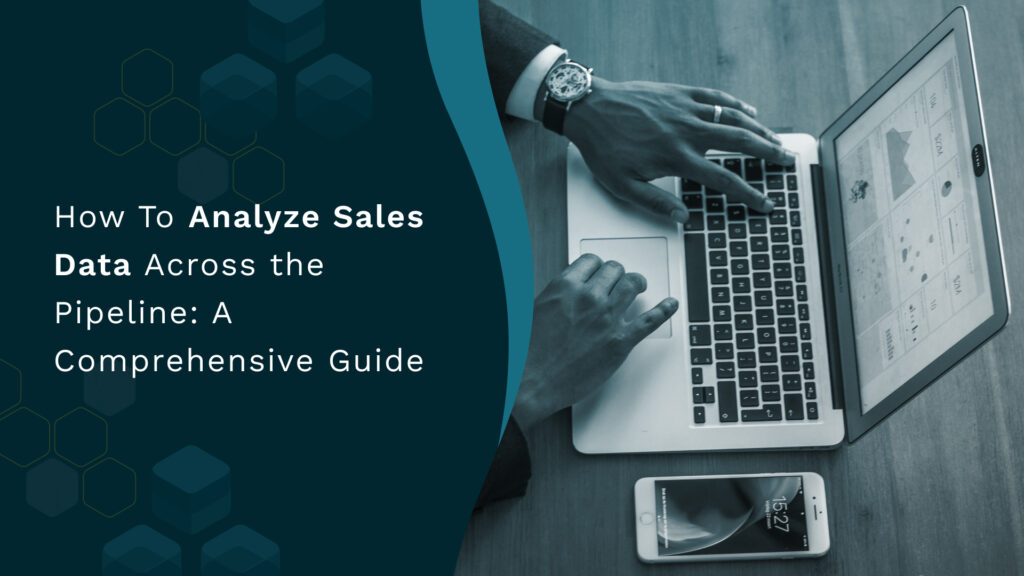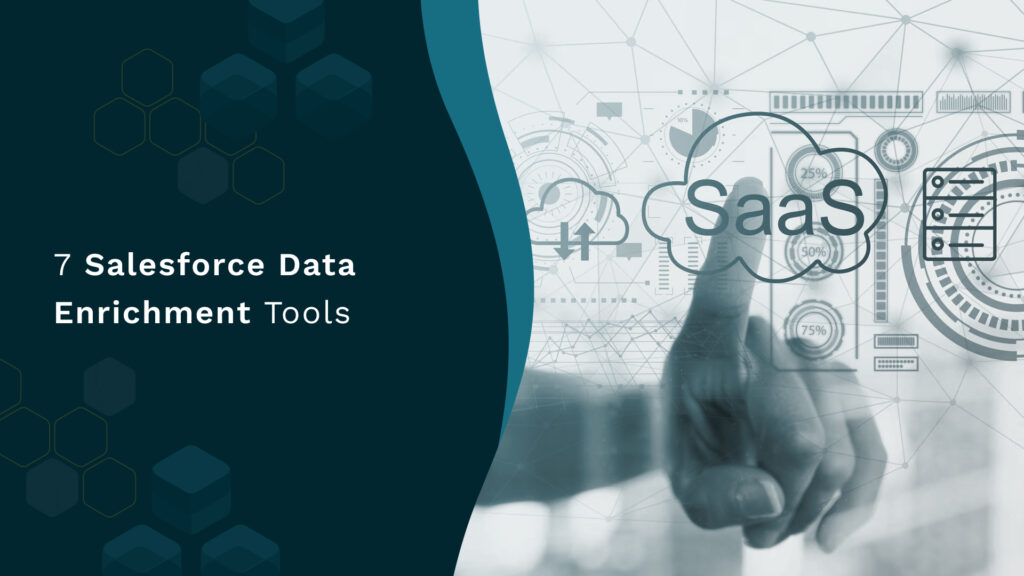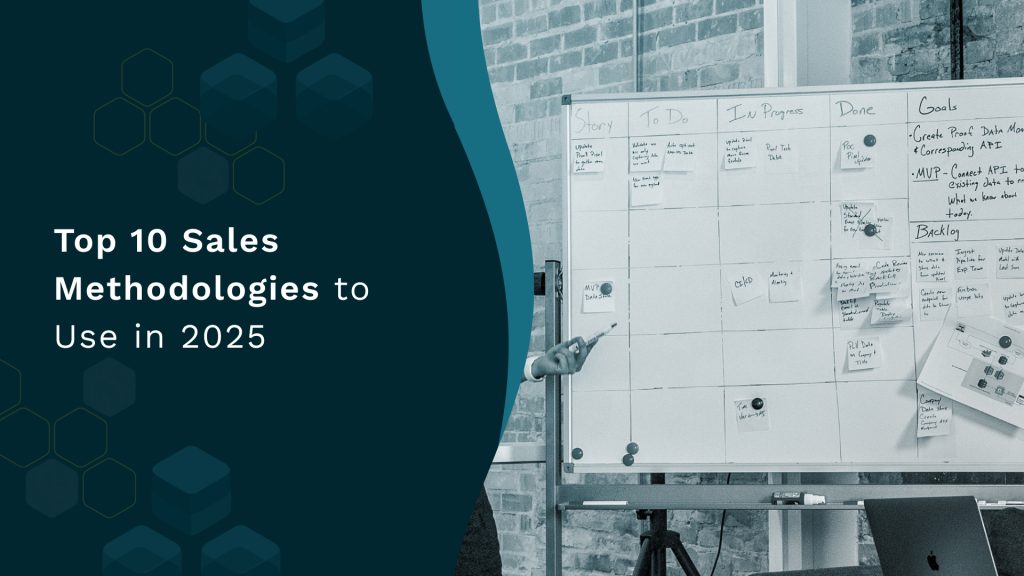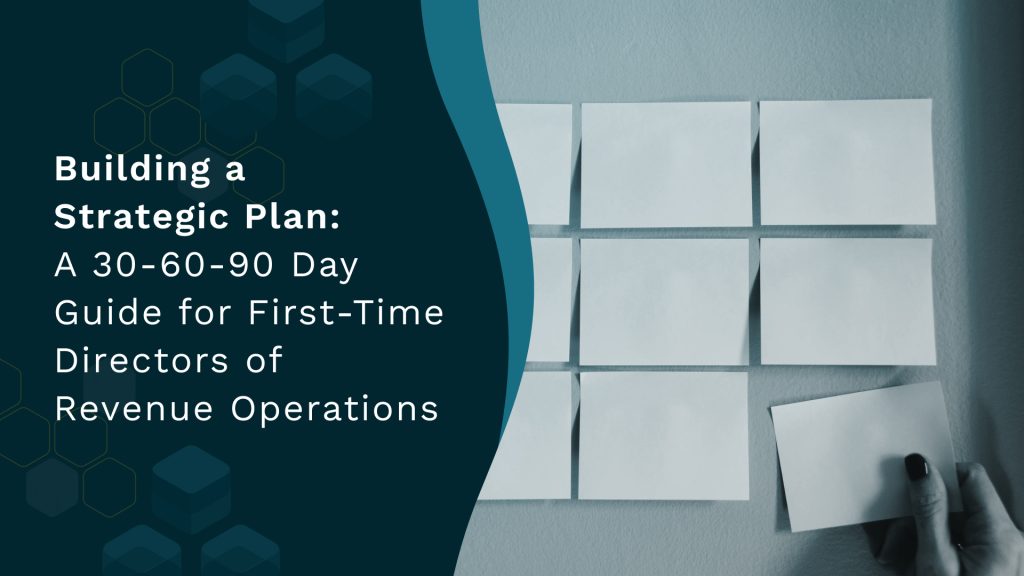Using Data Analytics to Improve Customer Experience: A RevOps Guide
Using Data Analytics to Improve Customer Experience: A RevOps Guide Customer experience holds a significant place at the center of the RevOps universe. Companies that excel at customer experience have been seen to achieve more than 2x of revenue growth. And for businesses, improving the customer experience has increased: Sales revenues by 2 to 7% Profitability by 1 to 2% Shareholder return by 7 to 10% There’s no avoiding it. A laser-like focus on customer experience is critical for sustainable and long-term growth. It can give you the impetus to outperform competitors and craft a compelling growth story for employees and investors. But inconsistent and unreliable data can clog the revenue wheel, stopping revenue-generating teams from responding effectively to customer needs. So how can you use data analytics to improve customer experience? Our conversation with Mollie Bodensteiner, Global RevOps leader at Deel, throws some light on the topic. Tune in to the full podcast episode here. Link Between Data Analytics and Customer Experience RevOps can help spot and solve the data problem using data analytics to improve customer experience. Mainly, it smooths out context, so you can: 1. Determine the right strategies to drive ROI Successful experience-led growth strategies increase customer satisfaction by at least 20% and offer significant financial benefits for businesses. In particular, they improve: Cross-sell rates by 15 to 25% Companies’ share of wallet by 5 to 10% Improve customer satisfaction and engagement by 20 to 30 dollars With data analytics, you can action your data to refine the buying journey, determine how to generate revenue and delight customers simultaneously. You can better understand your customers’ emotive elements through tangible information and build marketing and sales strategies to solve the pain points. Plus, you can use data analytics to improve customer experience by mining dark data. On average, 52% of a company’s data could be dark. Dark data is captured in your systems but not leveraged for insights. It could contain hidden customer profiles, behavior patterns, past buyer champions, and lost customer relationships. To sum it up, strategic alignment supports data analytics to improve customer experience. 2. Do more with less The slowdown in growth has pushed companies to chase value. And in doing so, companies are still figuring out how to “do more with less.” How do you define what is “less” and determine the business trade-off? RevOps uses data analytics to improve customer experience by gathering insights into processes for reps and stakeholders. It tries to understand: How to make these revenue-generating workflows more effective, and How to help marketing, sales, and customer success be more productive than before Data analytics gives RevOps the much-needed information to identify shortcomings, prioritize improvement of limited resources and generate more revenue. 3. Use the right message at the right time Data analytics gives you the information to dig into the customer’s journey and deliver the right message to the right customers at the right time. It enables you to live up to (and even surpass) customer expectations by giving them what they want without the customer asking for it. You also get to put yourself in the buyer’s shoes and manage both good and bad interactions to produce the next best action. And while the next best action may not always generate revenue, it must meet the customer’s needs and keep them happy. How Revops Facilitates Data Analytics to Improve Customer Experience RevOps primarily aims to connect teams to drive predictable revenue and boost growth. When it comes to data analytics, RevOps leverages it in three ways to align teams: Customer data (demographic and account data) Functional data (operational data and metrics) Financial data (link back to value) Here are 6 ways RevOps facilitates data analytics to improve customer experience throughout their journey, not just at the point of sale. 1. Get complete pipeline visibility Revenue leaders are focusing on driving value, efficiency, and compelling growth in the current business environment (which is undergoing a slowdown). Reaching this goal requires undisputed access to clean, accurate, and reliable customer data. This data, particularly first-party data that’s reliable, provides powerful insights. In reality, however, companies are drawing insights from stale, incorrect, or incomplete data. The result—missing out on critical revenue opportunities to create exceptional customer experience. That’s where RevOps plays a crucial role in identifying gaps and building systems to capture customer data in a bulletproof way. It provides a 360-degree view of customer engagement that lets you better define and execute customer experience priorities. Another benefit is you can identify the champions so you can engage with them to see the deal through. Also, you can prioritize accounts that aren’t adequately multithreaded. RevOps uses data analytics to improve customer experience by maintaining a healthy pipeline and eliminating bottlenecks. You can ensure data is well managed with a unified view across the business as RevOps connects your tech stacks and aligns your systems. 2. Personalize the customer journey RevOps uses data analytics to identify patterns and trends in customer behavior to foster a customer-centric approach. Teams leverage analytics to personalize the customer experience by periodically modifying the ICP to achieve the right audience. By constantly evaluating the ICP, you segment your audience, understand each segment’s pain points and improve personalization. Data analytics also provide revenue operations teams with a better understanding of the following: Who do you sell to How do you sell to them How does the buyer make a decision And, how does your solution fit their needs Not only that, but teams can also determine the role of each stakeholder in the buying committee and share personalized content (that’s relevant and valuable). You can isolate specific pain points for each stakeholder and solve them. For example, if you’ve missed adding stakeholder contact data as they get added to the process during the deal, you may be engaging with the wrong champion entirely. With data analytics, RevOps optimizes the sales playbook by blending relationship intelligence with buyer engagement. It looks for patterns in buyer-seller interactions across segments, territories, and verticals so you can personalize the journey for them. Simultaneously, you can build use
